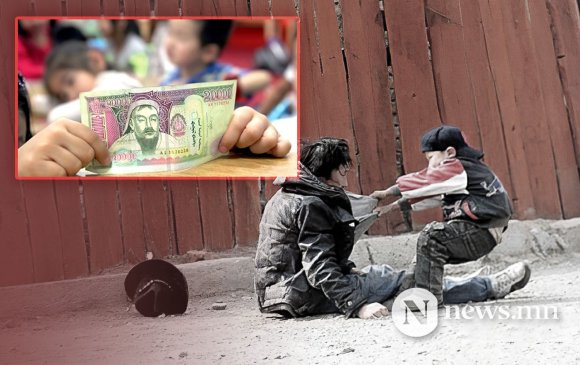To mitigate the adverse impacts of the pandemic, government assistance to households has been generous and diverse. One notable measure introduced in 2020 is the increase in benefit amounts given to households through the Child Money Programme. The programme, which provides monthly cash transfers to families with children, was increased five-fold from MNT 20,000 to MNT 100,000 per child (about USD 6 to USD 30) and currently accounts for over 3 percent of GDP. Overall, as a share of GDP, Mongolia’s relief measures to households have been the largest in the region.
Given mounting fiscal and external imbalances in Mongolia, exercising fiscal prudence is crucial. An effective course of action involves targeting limited resources to poor and vulnerable households in greatest need of support and pivoting to growth-promoting investments.
Cutting inefficient fiscal spending can also help the poor indirectly by easing inflationary pressures. Specifically, the targeting of Child Money Programme benefits to the neediest households can reduce fiscal spending. In 2020, nearly half of the wealthiest 60 percent of households received the Child Money Programme. These targeting inefficiencies have contributed to the modest success of the Child Money Programme and more generally, of social assistance, in reducing poverty.
 3,575.44
3,575.44










Related News